Have you ever heard someone say...“I have to get my macros in!”
Carbohydrates, protein, and fat are macronutrients (aka macros) and are the three largest essential nutrients needed to keep our body functioning at its best. Each of these macronutrients play important roles in our body’s health, from everyday maintenance to disease prevention.
Why Protein Is Essential for Your Health
Protein is commonly referred to as our “building block” macronutrient because it helps to maintain and repair tissues in our body. Protein also produce antibodies, acts as a transporter in the body (for example, protein helps produce hemoglobin that carries oxygen), and also play an important role with enzymes, hormones, maintaining our acid-base balance, as well as our fluid and electrolyte balance in our body- amongst other things.
Amino Acids 101: Essential vs. Nonessential
Proteins are made up of amino acids, of which there are 2 types: essential and nonessential amino acids. There are 11 nonessential amino acids that can be manufactured by the body from plant and animal proteins in food. There are 9 essential amino acids that cannot be made by the human body and therefore we have to consume them via food.
If you are a meat eater, you can get complete proteins that contain all of the essential amino acids through animal proteins such as beef, chicken, pork, eggs, cow’s milk, fish, and cheese. There are a few non-meat options that are considered complete proteins as well, including soy, quinoa, and buckwheat.
If you are not a big meat eater, or a meat eater at all, you will want to consume your foods in combinations called “complementary proteins" to make sure you are getting all of your essential amino acids. Here are some examples of food pairings that include complementary protein combinations to get all of the essential amino acids:
- Rice & Beans
- Pita & Hummus
- A Peanut Butter Sandwich
How Much Protein Do You Really Need?
The quality and quantity of protein in your diet is important. Protein contains 4 calories per gram. Since protein needs will be individualized based on your overall calorie needs, the general recommendations are:
- 10-35% of your calories should come from protein
- If your calorie needs are 2200 calories, multiply this by .10 and .35 = 220 & 770 and divide those numbers by 4 calorie per gram for protein to get your protein needs: 220/4 & 770/4 = 55-192.5 grams of protein per day
- or…0.8 grams per kg body weight per day for the average sedentary adult
- A kg (kilogram) is equivalent to 2.2 pounds. So if you are 160 pounds/2.2 = 72.7kg is your weight in kg x 0.8 = around 58 grams of protein per day.
Special Protein Requirements for Different Life Stages
Now, children, teens, pregnant women, older adults, and athletes may have different protein requirements so it is important to understand that these are general recommendations. Check out the Interactive Food Label to learn where to locate protein on your labels the next time you are doing your grocery shopping.



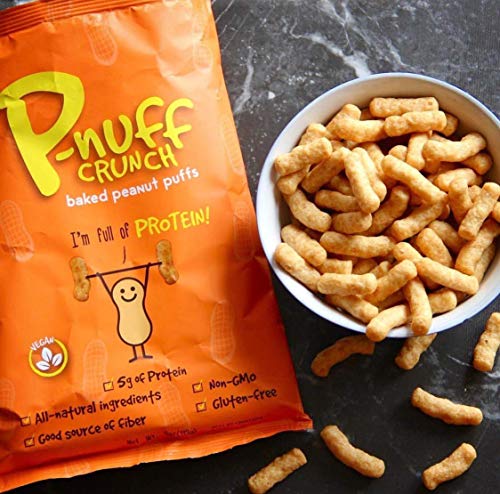
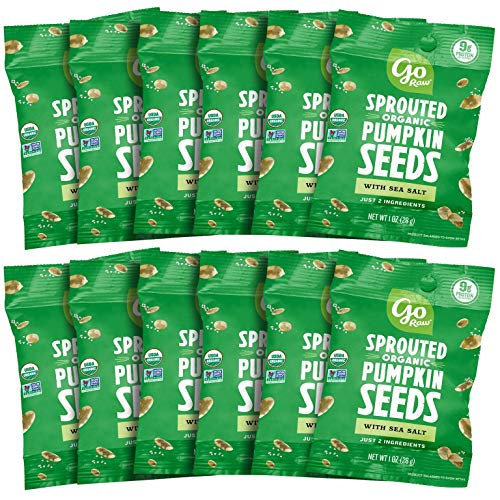
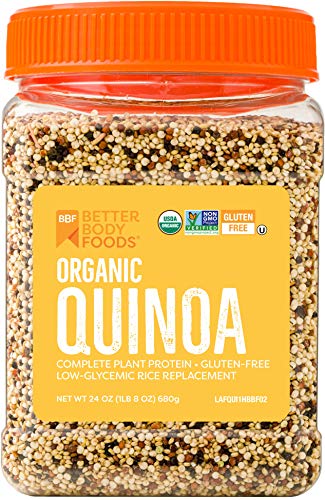
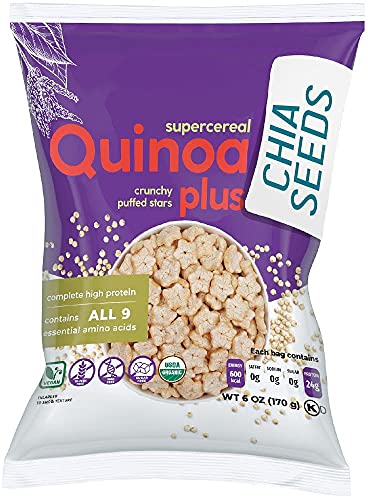







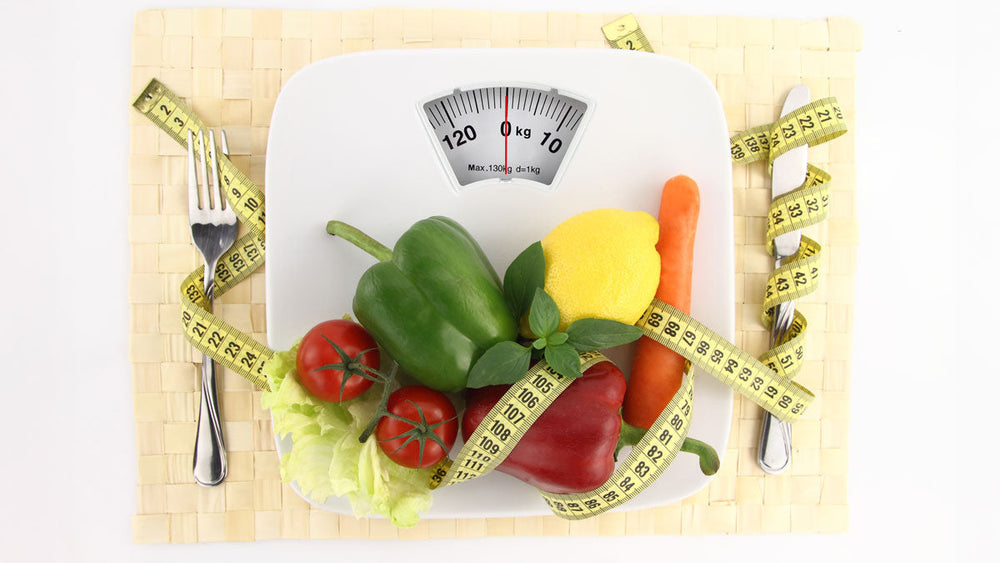







Comments
Join The Conversation...